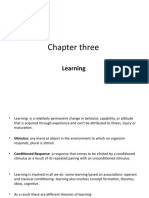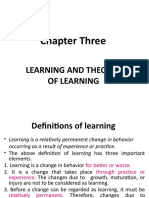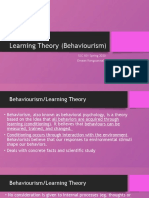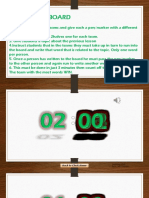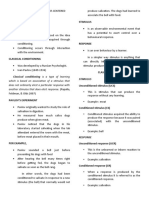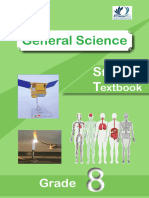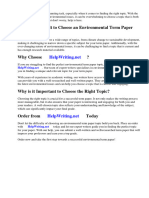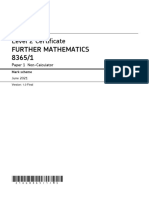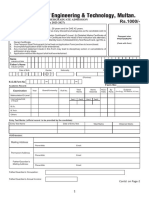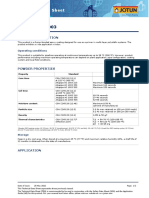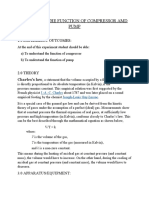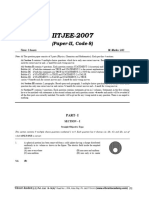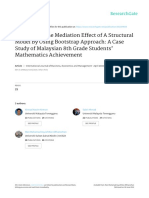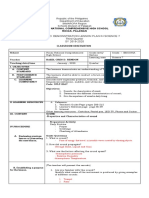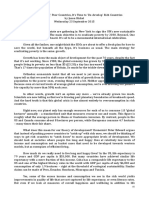0% found this document useful (0 votes)
17 views42 pages3 Unit 3 Learning
The document outlines the definition, characteristics, and principles of learning, emphasizing that learning is a relatively permanent change in behavior due to experience or practice. It discusses various factors influencing learning, including motivation and intelligence, and presents key theories such as Behavioral Learning Theory, Social Learning Theory, and Cognitive Learning Theories. Additionally, it details concepts like classical and operant conditioning, reinforcement, punishment, and the application of these theories in educational settings.
Uploaded by
liltimebrhtomCopyright
© © All Rights Reserved
We take content rights seriously. If you suspect this is your content, claim it here.
Available Formats
Download as PDF, TXT or read online on Scribd
0% found this document useful (0 votes)
17 views42 pages3 Unit 3 Learning
The document outlines the definition, characteristics, and principles of learning, emphasizing that learning is a relatively permanent change in behavior due to experience or practice. It discusses various factors influencing learning, including motivation and intelligence, and presents key theories such as Behavioral Learning Theory, Social Learning Theory, and Cognitive Learning Theories. Additionally, it details concepts like classical and operant conditioning, reinforcement, punishment, and the application of these theories in educational settings.
Uploaded by
liltimebrhtomCopyright
© © All Rights Reserved
We take content rights seriously. If you suspect this is your content, claim it here.
Available Formats
Download as PDF, TXT or read online on Scribd
/ 42









